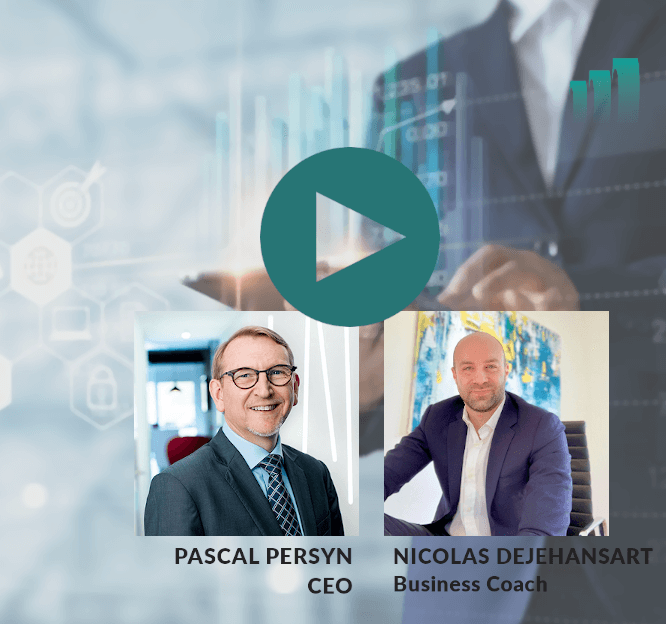Why sales coaching?
Research by CSO Insights has shown that sales coaching enables sellers to substantially improve their sales skills and so win more deals. The second benefit is that it allows sales managers to shift their focus from simply helping people to do their work to actually developing their skills. Which is surely an advantage, isn’t it?
But how?
Sales managers need to use coaching techniques, tips and tools. Even though some may have a talent for coaching, many don’t know how best to go about it. Sales management coaching programs help them gain the skills and self-confidence they need to integrate coaching as part of their daily routine. Fortunately, there’s technology available to help them. Sales coaching software doesn’t just make it possible to personalise the coaching, but also to measure it by looking at the sellers’ individual actions, monitoring their progress and providing a visual representation to make things clearer, rather than simply using their own perception, gut instinct and experience.
Sales coaching tools
Coaching isn’t the same thing as providing solutions or giving everyone the same advice. A good sales coaching tool can chart progress and zoom in on the lowest level of knowledge, and combine this with the extent to which this knowledge is actually applied.
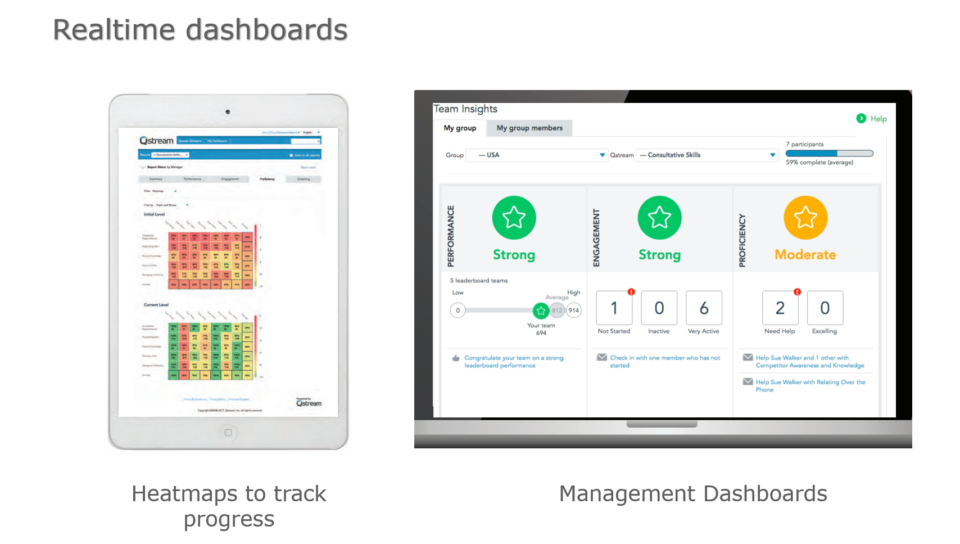
It differs from eLearning or other content offered by Learning Management Systems (LMS) in this sense, because a sales coaching tool combines software for teaching sellers and ensuring they retain this information, stimulating behavioural change, making everything measurable, and providing suggestions for the management to reach the right conclusions and implement the right actions. Altogether, it forms an integrated solution that provides content exactly when it’s needed.
Enabling just-in-time coaching
This flexible (agile) method for developing sellers’ skills is called ‘Coaching Enablement’. It allows you to organise, manage and individualise coaching while ensuring sellers retain the information they’re given. It also provides dashboards for sales managers, higher management and HR. This means HR can now measure, support and adapt each employee’s development and the impact they have. Peer-to-peer learning is also provided.
A good example of this is ‘video pitching’, where the seller records an answer to a client situation using their smartphone, which can then be used as coaching input for the sales manager, and good examples can be shared with other team members. This enhances the performance of the whole team, contributes to continuous development and improves team spirit.
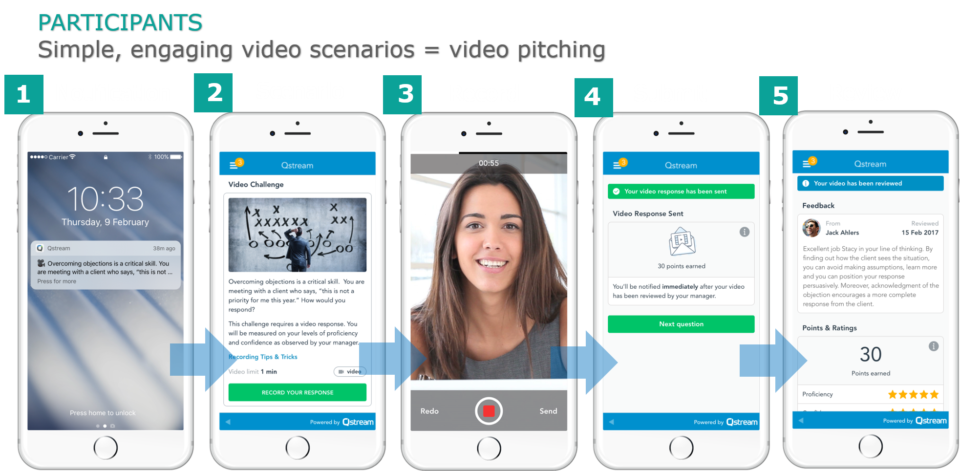
The main advantages of just-in-time coaching are:
- Identifying possibilities for personal development
- Building self-confidence
- Strengthening desired behaviour, knowledge and skills
- Installing a culture that stimulates continuous improvement for each individual and the team
- Measuring the impact on sales results
Read more about agile learning, knowledge retention and just-in-time coaching
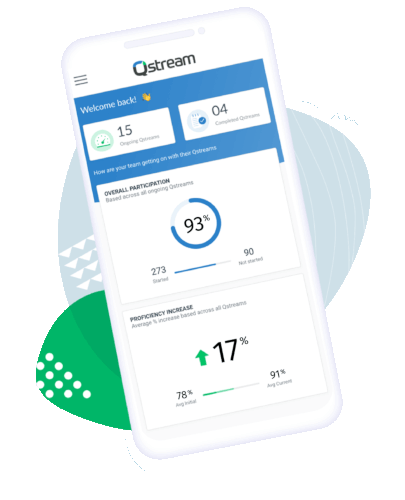
Perpetos Improves Customer Sales Proficiency from 53% to 80%
Qstream’s mobile microlearning application was selected by Perpetos as a continuous sales training reinforcement solution for their sales performance programs which help their customers improve conversion rates and lower the cost of sales.
Want to see a demo ? Contact us at inquiry@perpetos.com



 Eliseo Manfron
Eliseo Manfron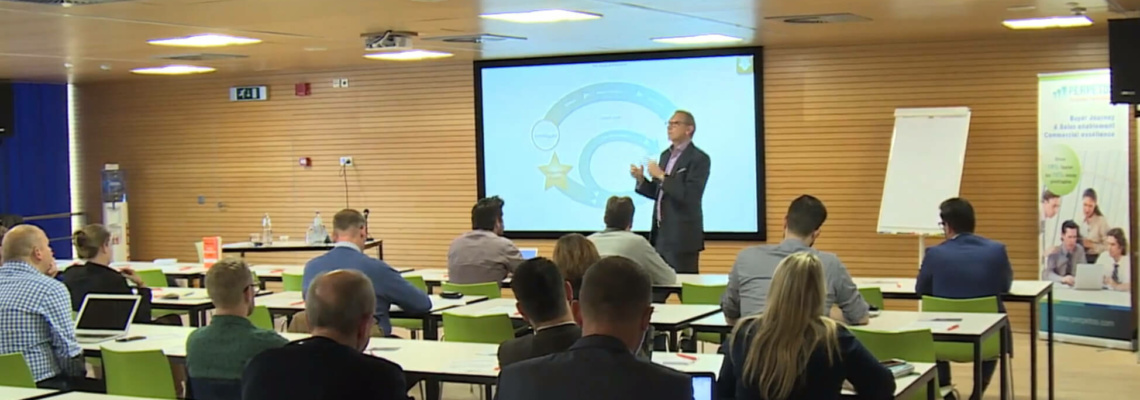
 Pascal Persyn
Pascal Persyn


